Dolphins often come to mind when you think of intelligent and affectionate ocean creatures. They’re known for their playful nature and complex social structures. But did you know that the ocean is brimming with other equally, if not more, intelligent and loving creatures? These remarkable beings exhibit behaviors that challenge the dolphin’s reputation as the sea’s brightest and most affectionate creatures.
1. The Brainy Brilliance of Manta Rays
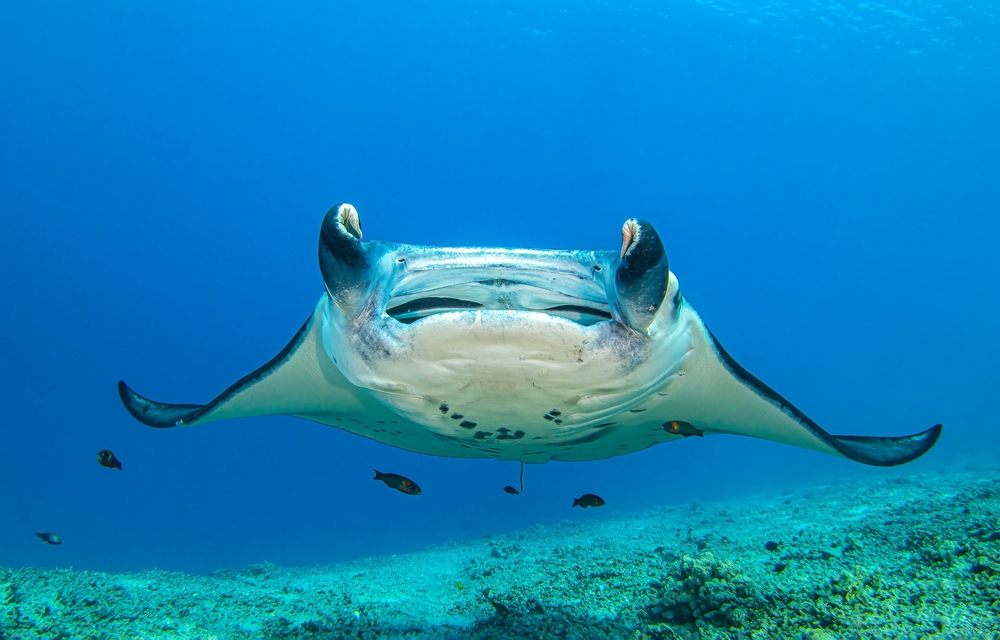
Manta rays are often admired for their graceful movements and striking appearance, but they are also surprisingly intelligent. These gentle giants of the sea have the largest brains of all fish relative to their body size, hinting at their advanced cognitive abilities. Manta rays have been observed exhibiting signs of self-awareness, such as recognizing themselves in mirrors—a trait once thought to be exclusive to mammals. This self-recognition indicates a level of consciousness that is rare in the animal kingdom.
Manta rays also form complex social relationships, often gathering in large groups that appear to be more than just for mating or feeding. These gatherings suggest a level of social intelligence that allows them to communicate and maintain relationships with other rays. Their curiosity often leads them to interact with divers and snorkelers, showcasing a gentle, inquisitive nature and a unique ability to connect with humans. The combination of their cognitive capacities and social behaviors places manta rays among the ocean’s most intelligent and emotionally rich creatures.
2. The Emotional Depth of Octopuses
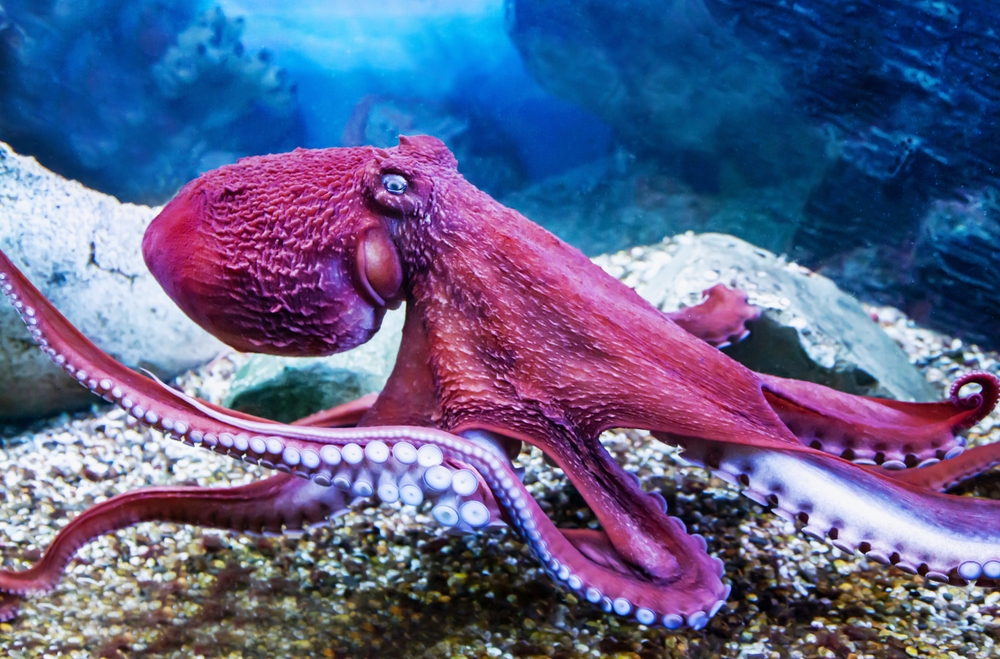
Octopuses are known for their incredible problem-solving abilities and unique personalities. Researchers have observed these fascinating creatures using tools, a sign of advanced intelligence usually associated with higher vertebrates. According to National Geographic, octopuses have been seen manipulating their environment in remarkably sophisticated ways, such as using coconut shells and rocks for shelter or defense. They have three hearts and a distributed brain system, making them capable of split-second decision-making and learning from their experiences. Their intelligence doesn’t stop there; octopuses can remember human faces and even exhibit playful behaviors.
Beyond intelligence, octopuses also display an unexpected level of affection. They have been known to engage with humans in a gentle, inquisitive manner, sometimes reaching out and exploring hands or cameras with their tentacles. In controlled environments, some octopuses have even shown signs of recognizing and “bonding” with their handlers. These behaviors hint at a deeper emotional capability than many people give them credit for. It’s no wonder that these enigmatic creatures are often the subject of scientific study and public fascination alike.
3. The Social Savvy of Orcas
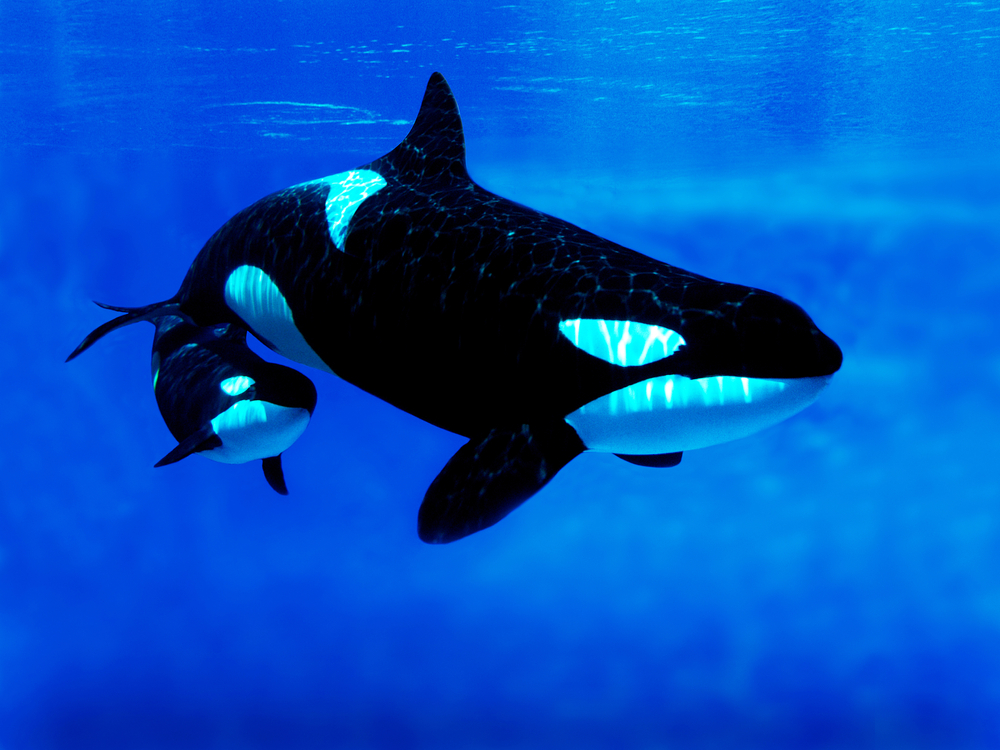
Orcas, or killer whales, are highly intelligent apex predators with complex social structures that rival those of elephants and primates. These majestic creatures live in tight-knit pods, with distinct cultures and dialects that are passed down through generations. According to [The Whale and Dolphin Conservation](https://us.whales.org/species-guide/orcas/), orcas exhibit coordinated hunting techniques and can communicate across vast distances using sophisticated vocalizations. Their social structures are matriarchal, with older females leading pods and imparting knowledge to their offspring.
Orcas also display profound emotional depth and empathy. There have been documented cases of orcas caring for injured or sick members of their pod, demonstrating an understanding of family and duty. Moreover, humans who have encountered wild orcas often speak of moments of mutual curiosity and connection, suggesting a capacity for interspecies empathy. Their ability to form intricate social bonds and express a range of emotions makes orcas one of the ocean’s most intelligent and loving inhabitants.
4. The Communicative Genius of Sperm Whales
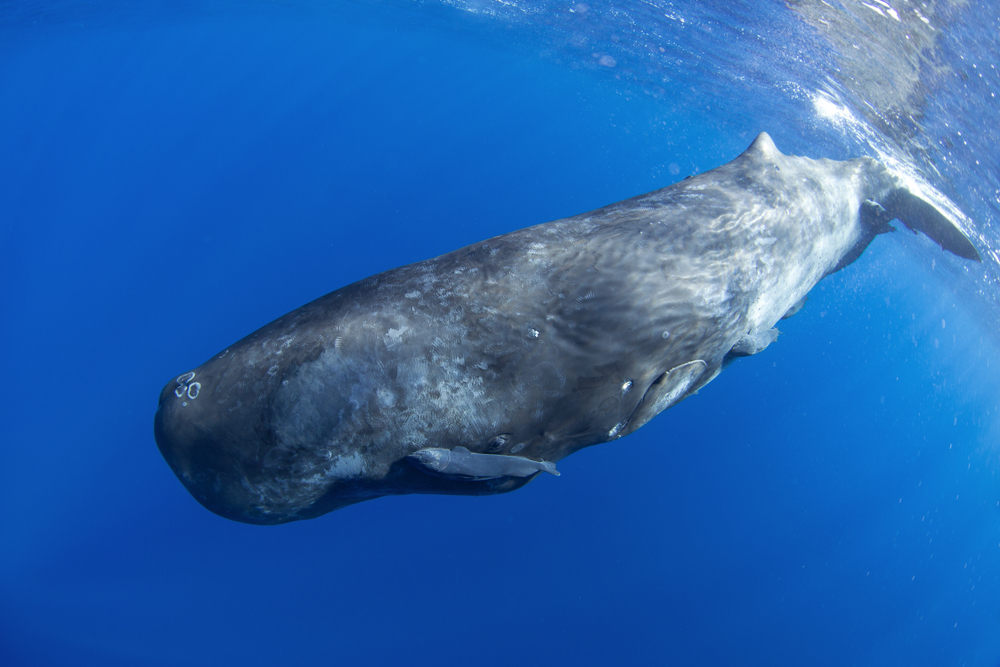
Sperm whales are the largest-toothed whales and possess a level of intelligence that matches their massive size. These deep-diving giants are known for their use of echolocation and complex vocalizations, often referred to as “codas,” which they use to communicate with each other across the ocean. According to Scientific American, researchers have discovered that these codas are not just random clicks but follow specific patterns that convey information about identity, location, and even emotions. This level of communication is akin to human language in its complexity.
The family bonds among sperm whales are incredibly strong, with familial structures similar to those of elephants. Female sperm whales form lifelong groups where they care for each other’s young, a behavior known as allo-mothering. These bonds are crucial for the survival and well-being of their calves, as mothers take turns diving for food while others babysit the young. This deep sense of community and mutual support highlights the loving nature of sperm whales, proving that they are not just ocean giants but gentle giants with immense intelligence and heart.
5. The Compassionate Nature of Beluga Whales
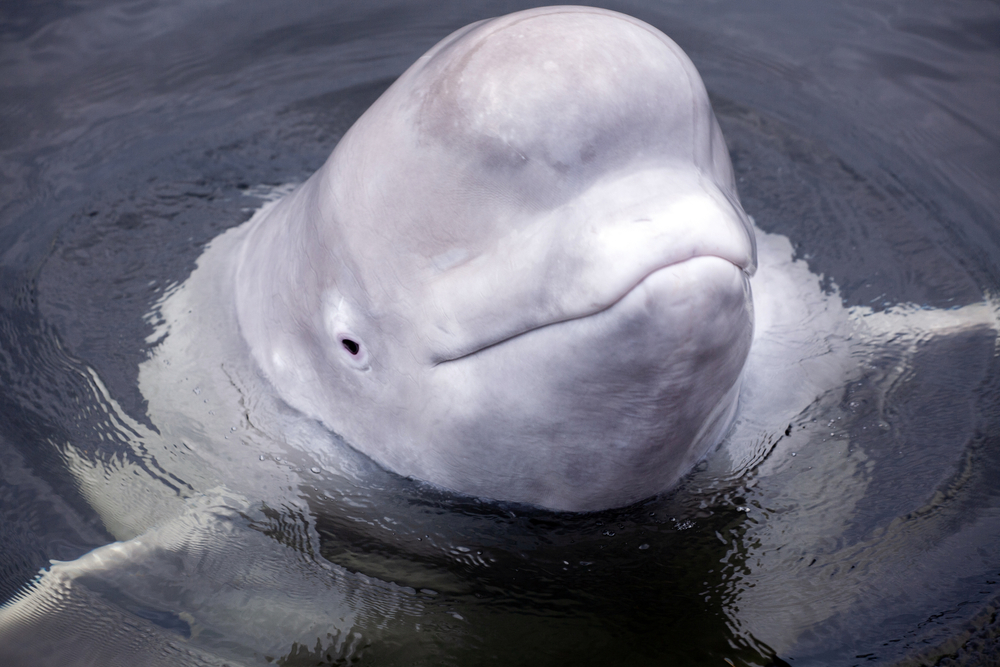
Beluga whales, often referred to as the “canaries of the sea” due to their high-pitched vocalizations, are celebrated for their sociability and emotional intelligence. These white whales are highly vocal, using a range of sounds to communicate with each other and even with humans. Beluga whales often engage in playful interactions, both within their pods and with other species, showcasing their friendly and curious nature. Their social structures are fluid, allowing belugas to form and reform pods, which helps them adapt to changing environments and maintain social bonds.
In addition to their playful demeanor, beluga whales have shown remarkable empathy. There are numerous accounts of belugas assisting injured or distressed animals, including humans. Such acts of compassion illustrate their understanding of distress and willingness to help others. These gentle creatures have an innate ability to connect with their surroundings and the beings they share it with, making them one of the ocean’s most loving and intelligent species.
6. The Cooperative Spirit of Humpback Whales
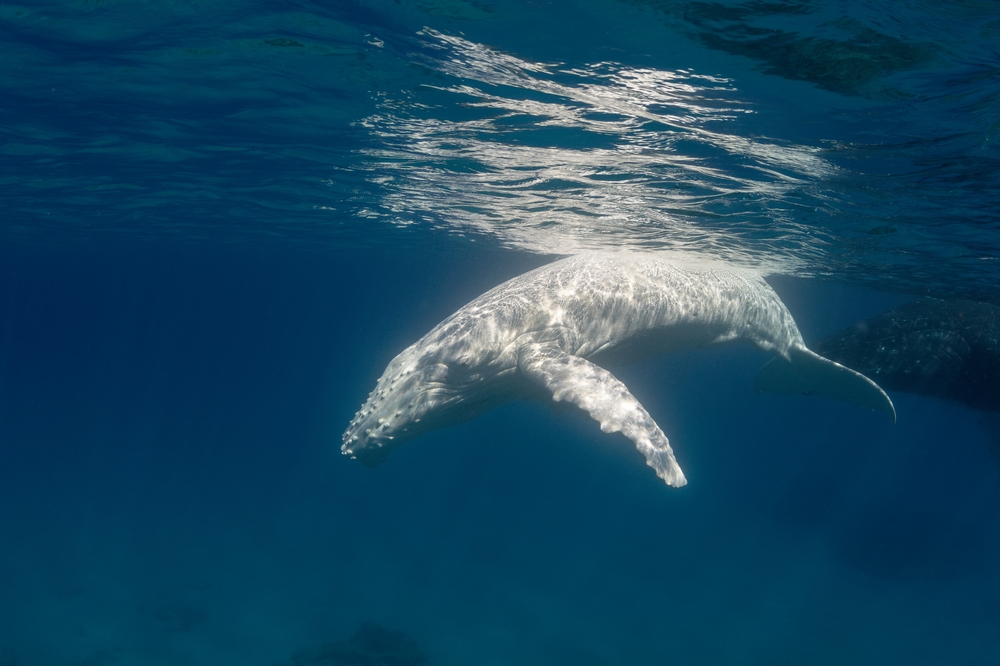
Humpback whales are renowned for their hauntingly beautiful songs and acrobatic breaches, but their intelligence and social behaviors are equally impressive. These marine mammals engage in sophisticated hunting strategies, such as bubble net feeding, where they create spiral bubbles to herd fish into a concentrated area. This technique requires precise communication and coordination among group members, demonstrating a high level of cooperative intelligence. Humpbacks are also known to alter their songs, suggesting an ability to learn and adapt to new environments or social contexts.
Their cooperation extends beyond hunting, as humpbacks have been observed protecting other species from predators. This behavior, known as interspecies altruism, indicates a remarkable level of empathy and an understanding of other creatures’ distress. Such acts of kindness and cooperation make humpback whales not only intelligent but also deeply compassionate beings. Their social bonds and collaborative behaviors highlight their place among the ocean’s most loving and intelligent inhabitants.
7. The Ingenious Cuttlefish
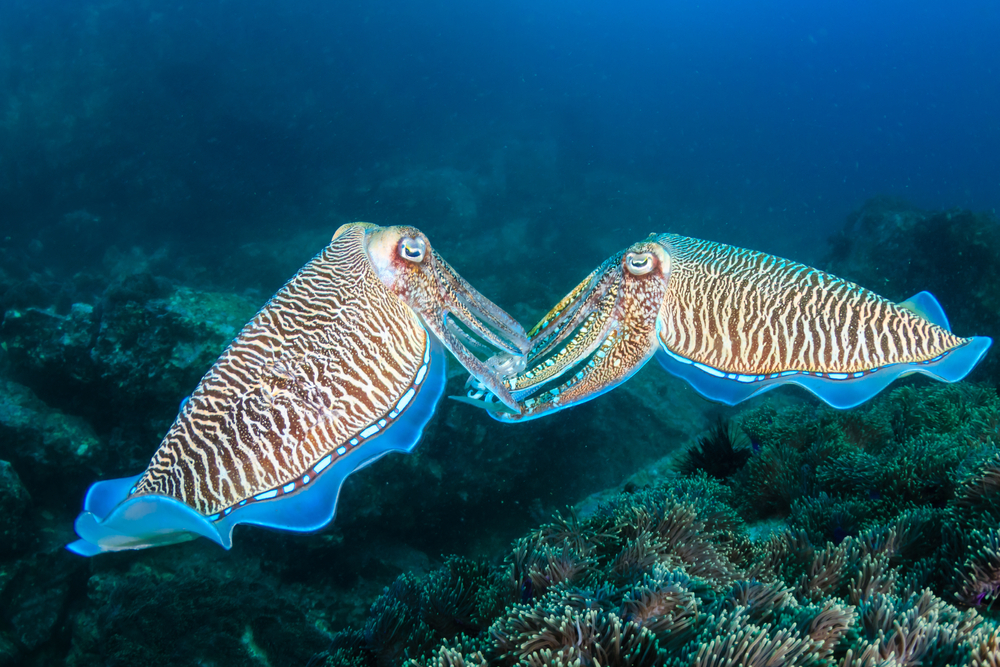
With their mesmerizing ability to change color and texture, cuttlefish are masters of disguise and intelligence. These cephalopods can rapidly adapt their appearance to communicate, camouflage, or even hypnotize prey. This remarkable skill is controlled by their advanced nervous system, allowing them to process complex information quickly. Cuttlefish have been shown to exhibit problem-solving abilities, such as navigating mazes and remembering solutions to challenges, indicative of their high cognitive functioning.
In addition to their intelligence, cuttlefish display intriguing social behaviors. They engage in intricate mating dances and can even communicate intentions through their dynamic color changes. Research indicates that cuttlefish can recognize individual conspecifics and alter their behavior based on past interactions, suggesting a level of social awareness. These behaviors highlight cuttlefish as intelligent and socially sophisticated creatures, worthy contenders for a spot alongside dolphins in the ocean’s smart and loving ranks.
8. The Adaptive Intelligence of Sea Otters
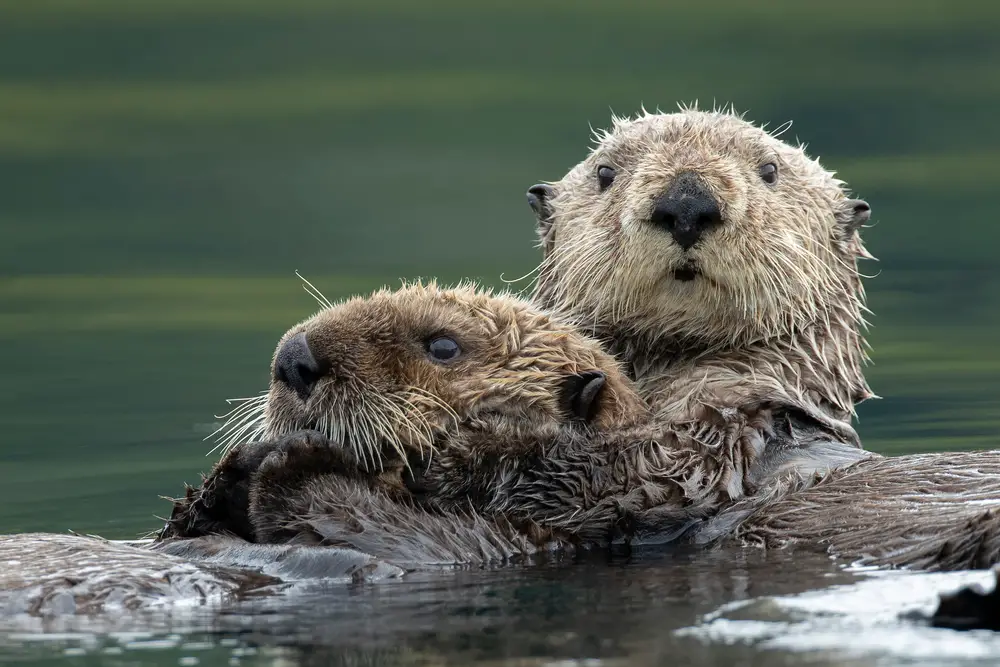
Sea otters are often celebrated for their playful antics and endearing appearance, but they are also incredibly smart. Known for their use of tools, sea otters crack open shellfish using rocks, a skill they pass down through generations. This ability to use tools demonstrates not only intelligence but also the capacity for cultural transmission of knowledge. Sea otters also have an impressive memory, which they use to navigate their environments and remember the best spots for finding food.
Their affectionate nature matches their intelligence, as sea otters are known to hold hands while sleeping to prevent drifting apart. This simple yet profound behavior showcases a level of emotional intelligence and social bonding rare among marine mammals. Sea otters are highly social creatures that rely on cooperation and communication within their groups, further emphasizing their loving nature. These intelligent and caring behaviors make sea otters a fascinating and heartwarming presence in the ocean ecosystem.
9. The Empathetic Spirit of Bottlenose Dolphins
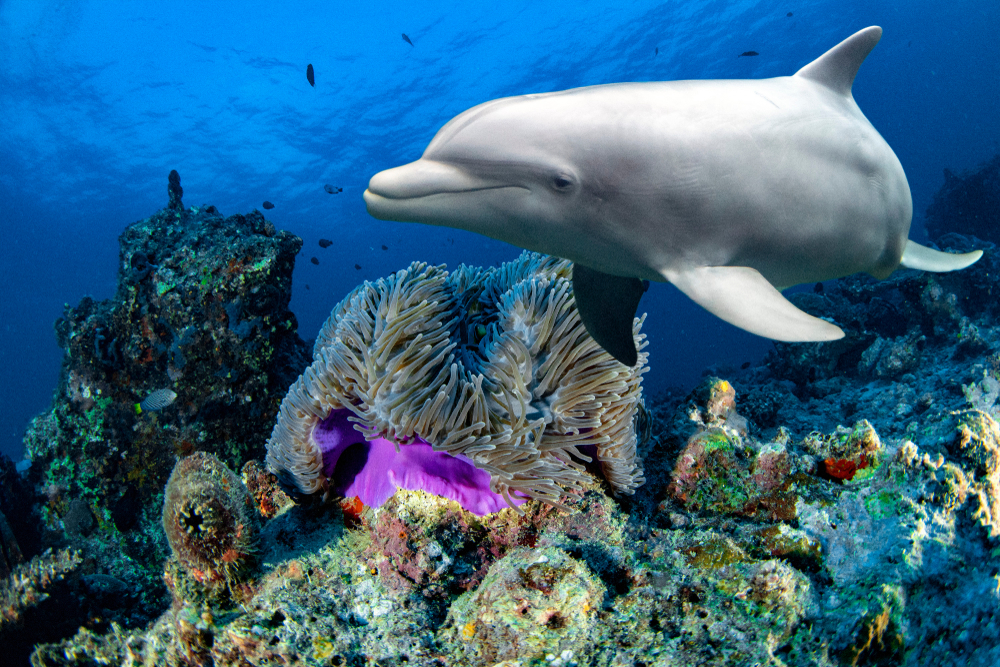
While dolphins might seem like an obvious choice, bottlenose dolphins deserve a mention for their unique blend of intelligence and empathy. These marine mammals are known for their advanced communication skills, using a series of clicks, whistles, and body language to convey complex messages. Each dolphin has a unique whistle, akin to a human name, which they use to identify themselves and others in their pod. This sophisticated communication system is a testament to their intelligence and social complexity.
Apart from their smarts, bottlenose dolphins have demonstrated a remarkable capacity for empathy and altruism. They have been known to assist injured individuals, both human and animal, often pushing them to the surface to breathe. Such acts of compassion underline their ability to understand the needs of others and intervene in helpful ways. While dolphins are often celebrated for their intelligence, it’s their empathetic behaviors that set them apart as one of the ocean’s most loving inhabitants.
10. The Crafty Nature of Fish Crows

Fish crows, though not underwater dwellers, are often found near coastal environments and demonstrate a cleverness that rivals many marine animals. These birds are highly adaptable, known for using tools and solving complex puzzles to access food. Their intelligence is evident in their problem-solving skills, such as opening shellfish by dropping them onto rocks or hard surfaces to crack them open. They also exhibit the ability to plan for the future, storing food in hidden caches for later consumption.
Fish crows are social creatures with complex communication systems, using a variety of calls to convey messages within their groups. They have demonstrated the ability to recognize individual humans, altering their behavior based on past interactions. This level of social awareness and adaptability highlights their intelligence and makes them fascinating creatures of their coastal habitats. While not ocean dwellers in the traditional sense, their proximity to and interaction with marine environments make them worthy of mention in this list.
11. The Tactile Intelligence of Starfish
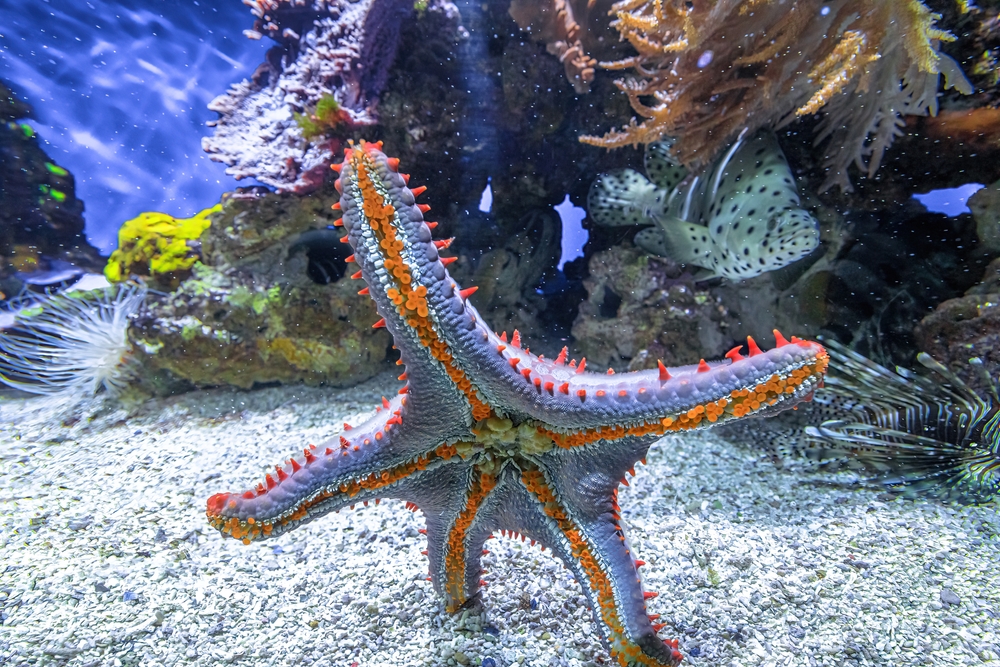
Starfish, or sea stars, may not appear particularly intelligent at first glance, but they possess unique characteristics that reveal their clever nature. These echinoderms have a decentralized nervous system, allowing each arm to operate independently yet in coordination with the others. This biological setup enables them to perform complex tasks, such as opening shellfish, which requires precise manipulation and strength. Starfish have also been shown to navigate their environments effectively, using their sensory tube feet to detect changes in the water and locate food sources.
Beyond their physical abilities, starfish exhibit fascinating regenerative capabilities, able to regrow lost limbs with remarkable speed and precision. This resilience is a testament to their adaptability and survival instincts, allowing them to thrive in diverse marine environments. While they may not exhibit the traditional traits of intelligence, starfish’s unique biological makeup and adaptive behaviors make them intriguing members of the ocean’s intelligent community. Their capacity for regeneration and environmental interaction highlights the often-overlooked complexity of these marine creatures.
12. The Social Intelligence of Sea Turtles
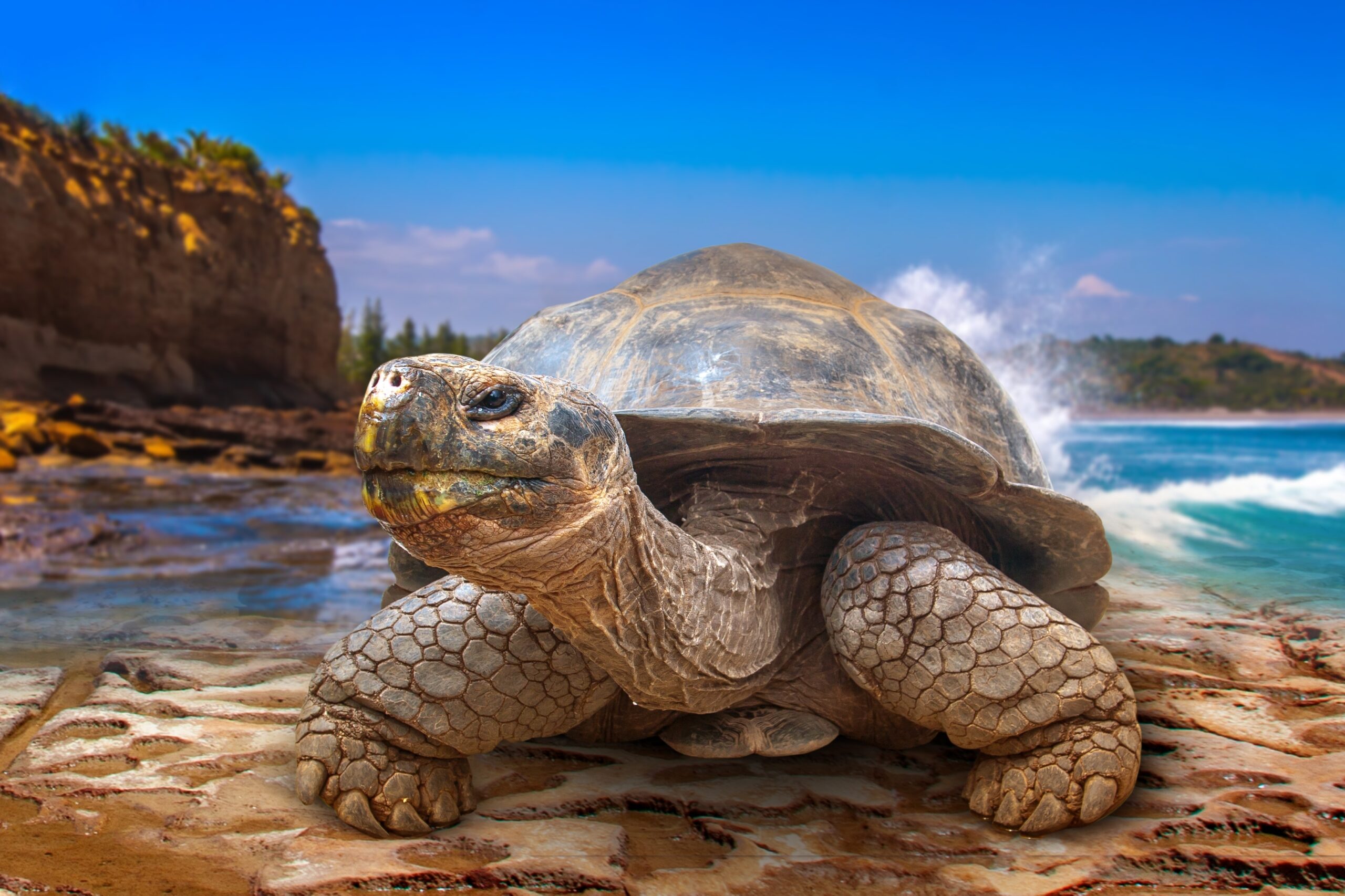
Sea turtles are ancient mariners of the ocean, known for their long migrations and instinctual nesting behaviors. While often considered solitary, recent research suggests that sea turtles possess a social intelligence that facilitates their survival across vast distances. They are equipped with a magnetic sense that allows them to navigate the open seas with remarkable precision, returning to the exact beach where they were born to lay eggs. This navigational ability is a testament to their cognitive skills and environmental awareness.
Sea turtles also exhibit behaviors indicative of emotional intelligence, such as forming loose aggregations in feeding areas, which suggests some level of social interaction. Their migratory lifestyle requires them to communicate and interact with a variety of marine species, showcasing their adaptability and social skills. The combination of their navigational prowess and potential for social interaction makes sea turtles fascinating subjects of study in the realm of ocean intelligence. These gentle giants of the sea are not only survivors but also intelligent and adaptive beings, deserving of recognition in the aquatic world.
